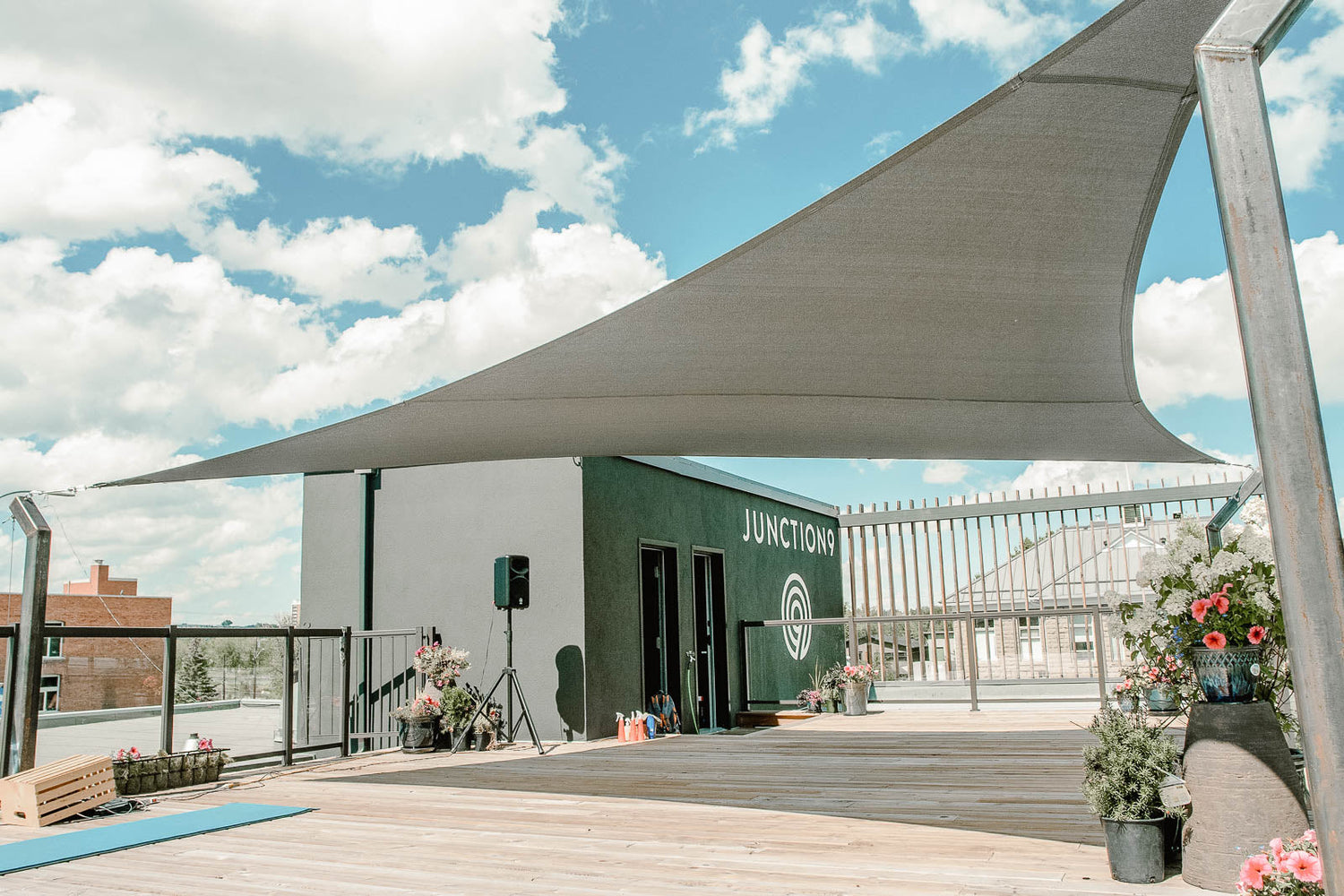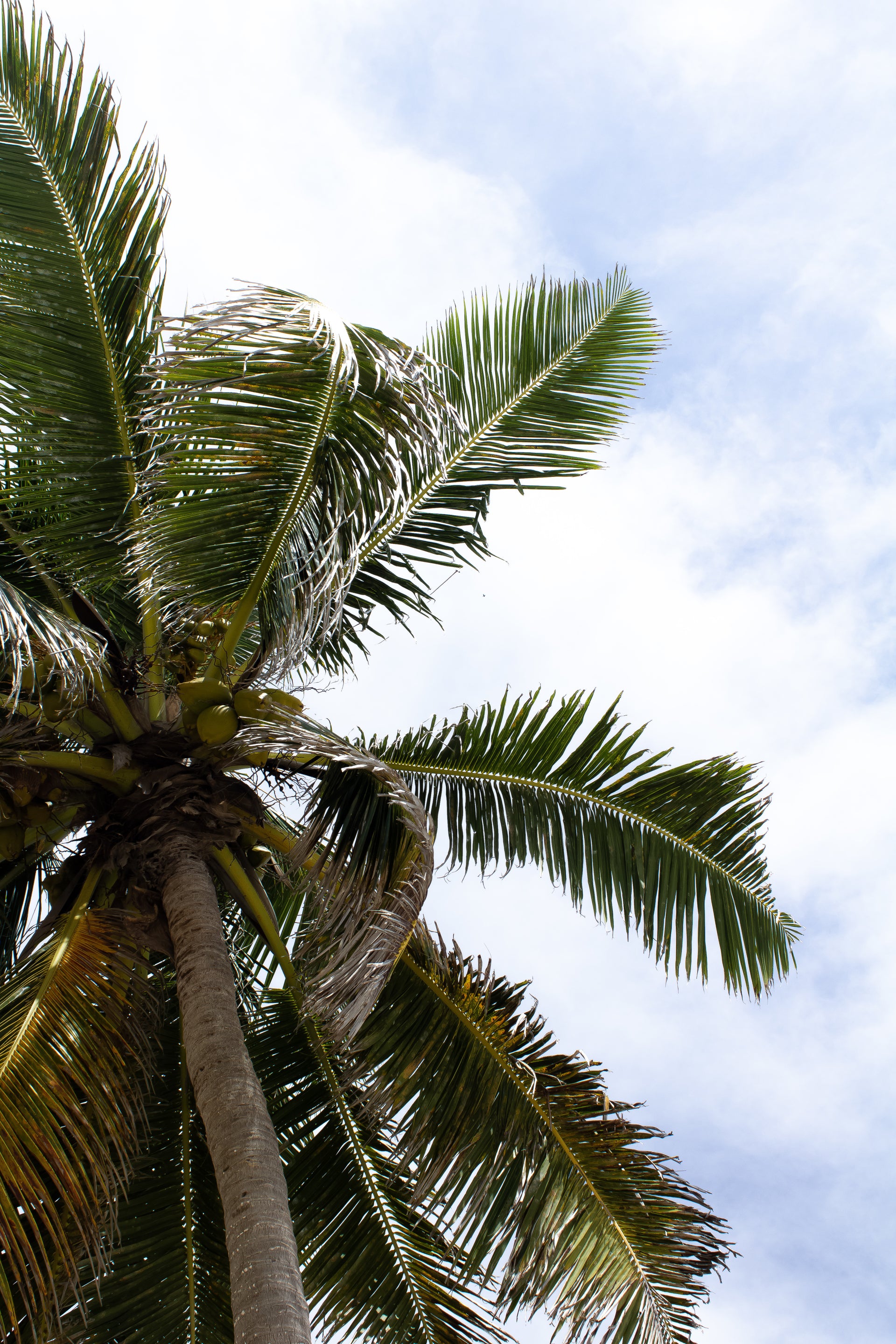Our YouTube channel includes detailed installation guides, frequently asked questions, product overviews and lots more. We are always open to content ideas so please let us know if there is a topic you would like us to cover.
Modern Outdoor Design: Using Tensile Architecture for Maximum Impact

In the realm of modern outdoor design, tensile architecture is emerging as a groundbreaking approach that brings together aesthetics, functionality, and sustainability. This innovative design technique utilizes membranes and fabrics stretched over structures to create striking, durable, and adaptable outdoor spaces. Whether you're a landscape architect, an outdoor design enthusiast, or simply someone looking to elevate their external environment, understanding the principles and benefits of tensile architecture can provide you with the tools to make a significant impact.
What is Tensile Architecture?
Tensile architecture involves the use of flexible materials—often reinforced fabrics like PTFE (polytetrafluoroethylene) or PVC (polyvinyl chloride)—tensioned between structural elements to form roofs, canopies, and other shading solutions. These materials, bolstered with advanced engineering techniques, deliver unique aesthetic qualities and unparalleled structural capabilities.
Key Benefits
- Visual Appeal: The fluid forms and dynamic shapes achievable with tensile structures provide a modern and sophisticated look.
- Versatility: Suitable for various applications, including gardens, parks, sports facilities, and commercial spaces.
- Sustainability: Lightweight materials reduce the carbon footprint, and some fabrics are recyclable.
- Cost-Effective: Often more economical in terms of materials and labor compared to traditional construction methods.

Applications in Modern Outdoor Design
Public Spaces and Parks
One of the most prominent applications of tensile architecture is in public spaces and parks. These structures offer extensive coverage and protection against weather elements while maintaining open, airy environments. Imagine a park pavilion that offers shade on a sunny day or shelters from rain while seamlessly integrating with the landscape.
Residential Gardens
For homeowners looking to add a luxurious touch to their gardens, tensile structures provide a range of options. A stylish canopy over a patio or deck can enhance outdoor living spaces, offering both comfort and visual appeal. These elements not only provide functionality but also elevate the overall aesthetic, making your garden a year round haven.
Commercial Spaces
In commercial contexts, tensile structures can transform courtyards, atriums, and outdoor dining areas into inviting and comfortable spaces. Their modern, airy designs are particularly appealing for restaurants and cafes that wish to enhance the customer experience. With the ability to incorporate LED lighting, these structures can also create stunning nighttime environments.
Frequently Asked Questions
How durable are tensile structures?
Tensile structures are highly durable owing to advanced materials used like PTFE and PVC-coated fabrics. These materials are resistant to weather, UV rays, and even fire in some cases, offering long-lasting performance.
Are tensile structures easy to maintain?
Yes, maintenance is relatively straightforward. Most fabrics are designed to resist dirt and require only occasional cleaning with mild soap and water to maintain their appearance and performance.
What are the cost implications?
While initial design and material costs might be higher compared to traditional construction, the benefits of tensile structures in terms of reduced labor costs, speed of installation, and long-term sustainability make them a cost-effective choice.
FAQ on Modern Outdoor Design with Tensile Architecture
What is tensile architecture and how does it enhance modern outdoor design?
Tensile architecture, also known as tensioned fabric structures, involves the use of lightweight, flexible materials that rely on tension rather than compression to bear loads. These structures typically use a combination of fabric membranes and a network of cables, steel, or other components to achieve their form and functionality.
Enhancement in Modern Outdoor Design
- Aesthetics: Tensile architecture allows for innovative and fluid forms that can seamlessly blend with their surroundings. The sleek, flowing lines and expansive canopies offer a futuristic and visually striking appeal.
- Functionality: The flexibility of the materials allows for the creation of large, unobstructed spaces, ideal for events, poolsides, and dining areas. The structures can be custom-tailored to fit various spatial and functional requirements.
- Lightweight Structure: Due to the minimal use of materials compared to traditional construction methods, tensile structures are generally lighter, which can reduce both the material and transportation costs.
- Sustainability: Many tensile structures use recyclable materials and require less energy to produce and maintain, contributing to a more environmentally friendly design approach.

How does tensile architecture achieve maximum impact in modern outdoor design?
- Structural Efficiency: Tensile structures achieve their strength through the tensioning of membranes, making them efficient and capable of spanning large distances without internal support. This efficiency allows for open-air designs that feel expansive and inviting.
- Visual Impact: These structures often serve as dramatic focal points in modern outdoor spaces. The possibility to create dynamic shapes and forms that interact with natural light makes them visually captivating during both day and night.
- Customization: Tensile architecture can be highly customized in terms of shape, size, and color to match any design vision. This flexibility enables bespoke solutions tailored to specific site conditions and aesthetic goals.
-
Versatility: Whether it’s a shade structure, a pavilion, or an amphitheater canopy, tensile architecture can adapt to various uses. Its versatility in form and function allows designers to very effectively meet diverse structural and aesthetic requirements.
What are some examples of modern outdoor designs using tensile architecture?
- Walkways and Canopies: Covered walkways and canopies in urban parks or commercial spaces. For instance, a tensile canopy can elegantly cover a pedestrian pathway, providing shade while enhancing the aesthetic quality of the area.
- Outdoor Amphitheaters: Tensile structures can frame open-air stages and seating areas, creating iconic venues that protect audiences from the elements without obstructing their view.
- Sports Facilities: Stadiums and sports complexes often use tensile architecture to cover seating areas, allowing for an open-air experience while providing shade and protection.
- Event Spaces: Temporary installations and pavilions for exhibitions, concerts, and festivals. Their ease of assembly and disassembly makes them suitable for events that require flexible, temporary structures.
- Residential Applications: Homeowners might use tensile structures to create stylish patio covers, poolside lounges, or garden pavilions, combining functionality with contemporary design.
What are the benefits of using tensile architecture in modern outdoor design?
- Durability: High-quality tensile fabrics are often UV-resistant, water-proof, and capable of withstanding harsh weather conditions, ensuring long-term durability and minimal maintenance.
- Economic Efficiency: The relatively lightweight nature of the materials translates into lower transportation and construction costs. Reduced foundation requirements can also lead to significant savings during the installation process.
- Energy Efficiency: These structures often have excellent thermal and light transmission properties. They can reduce the need for artificial lighting during the day while providing shade and lowering the ambient temperature beneath them.
- Quick Installation: The off-site prefabrication of the materials and the simple, often modular, assembly process means that tensile structures can be installed rapidly, reducing project timelines.
- Eco-friendliness: Using fewer materials and being easy to demount and recycle makes tensile architecture a sustainable option. Additionally, the ability to incorporate renewable energy features, like solar panels, further emphasizes their eco-friendly potential.
- Adaptability: The flexibility of tensile architecture means that it can be adapted for numerous applications, from small-scale community projects to large, commercially driven developments.
- Enhanced Experience: The ability to creatively manipulate light and shadow can contribute to a unique ambiance, enhancing the user experience and making spaces feel more integrated with the natural environment.
Conclusion
In the evolving landscape of modern outdoor design, tensile architecture presents a compelling solution for creating functional, sustainable, and visually captivating spaces. Its versatility across various applications—from public parks to residential gardens and commercial settings—underscores its potential to revolutionize the way we think about and utilize our outdoor environments. Whether you are looking to make a bold architectural statement or simply enhance everyday functionality, incorporating tensile structures into your modern outdoor design strategy can offer maximum impact.
In summary, tensile architecture not only meshes well with the principles of modern outdoor design but also stands out as an adaptable, aesthetically pleasing option that promises durability and economic benefits.



